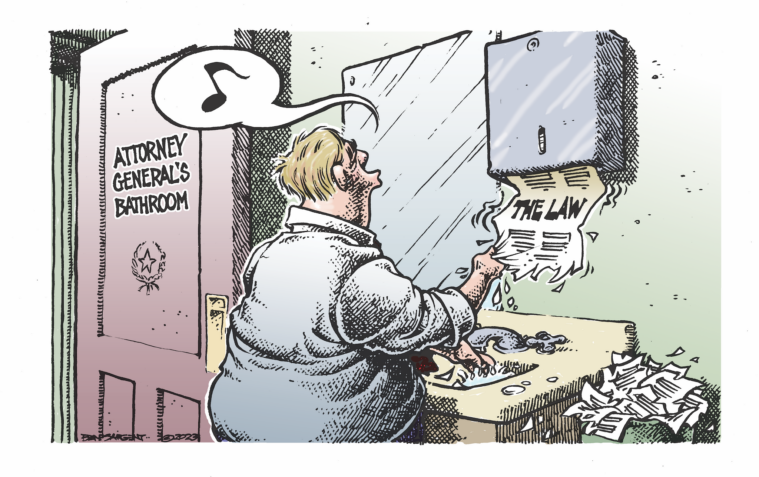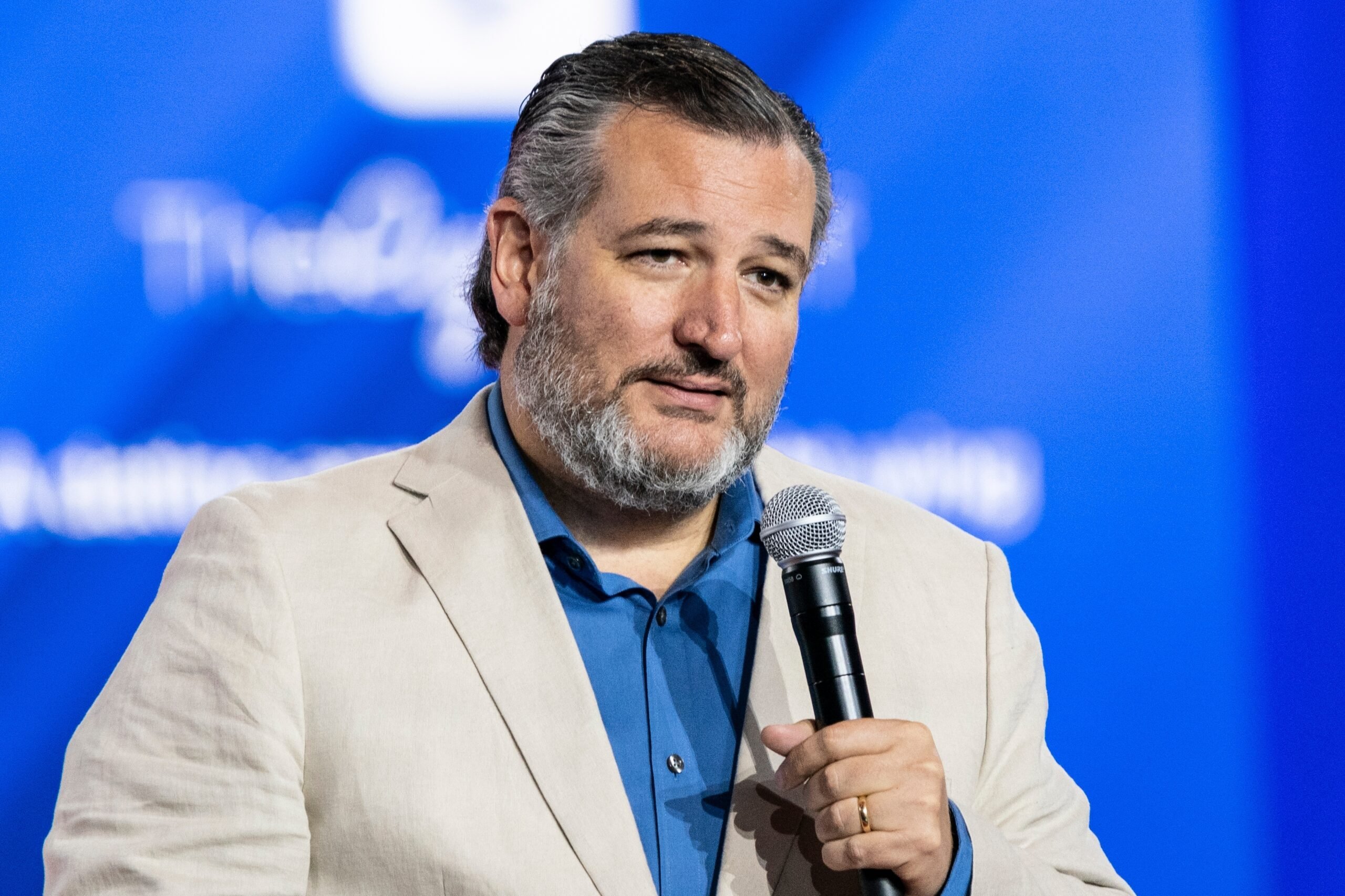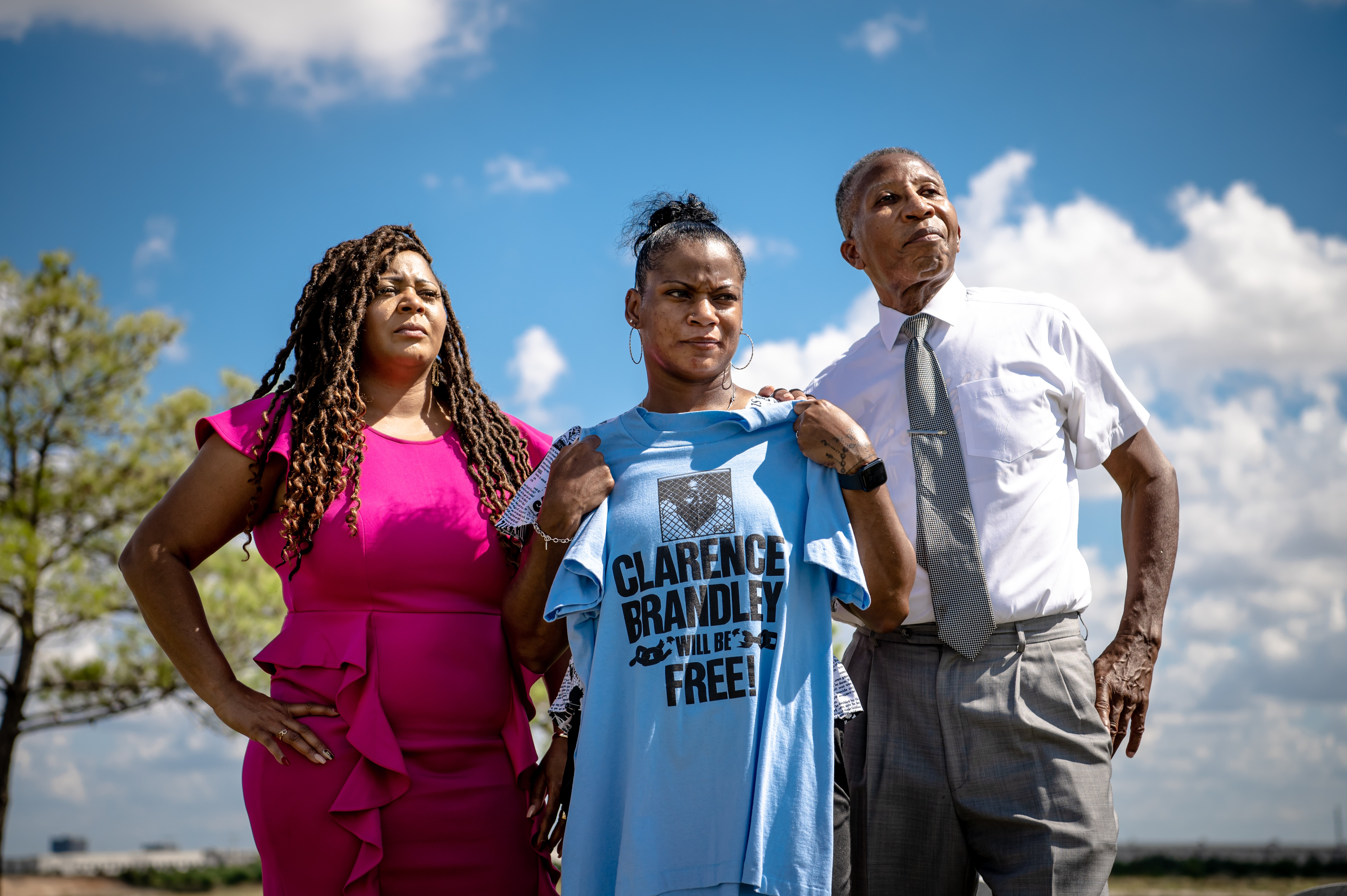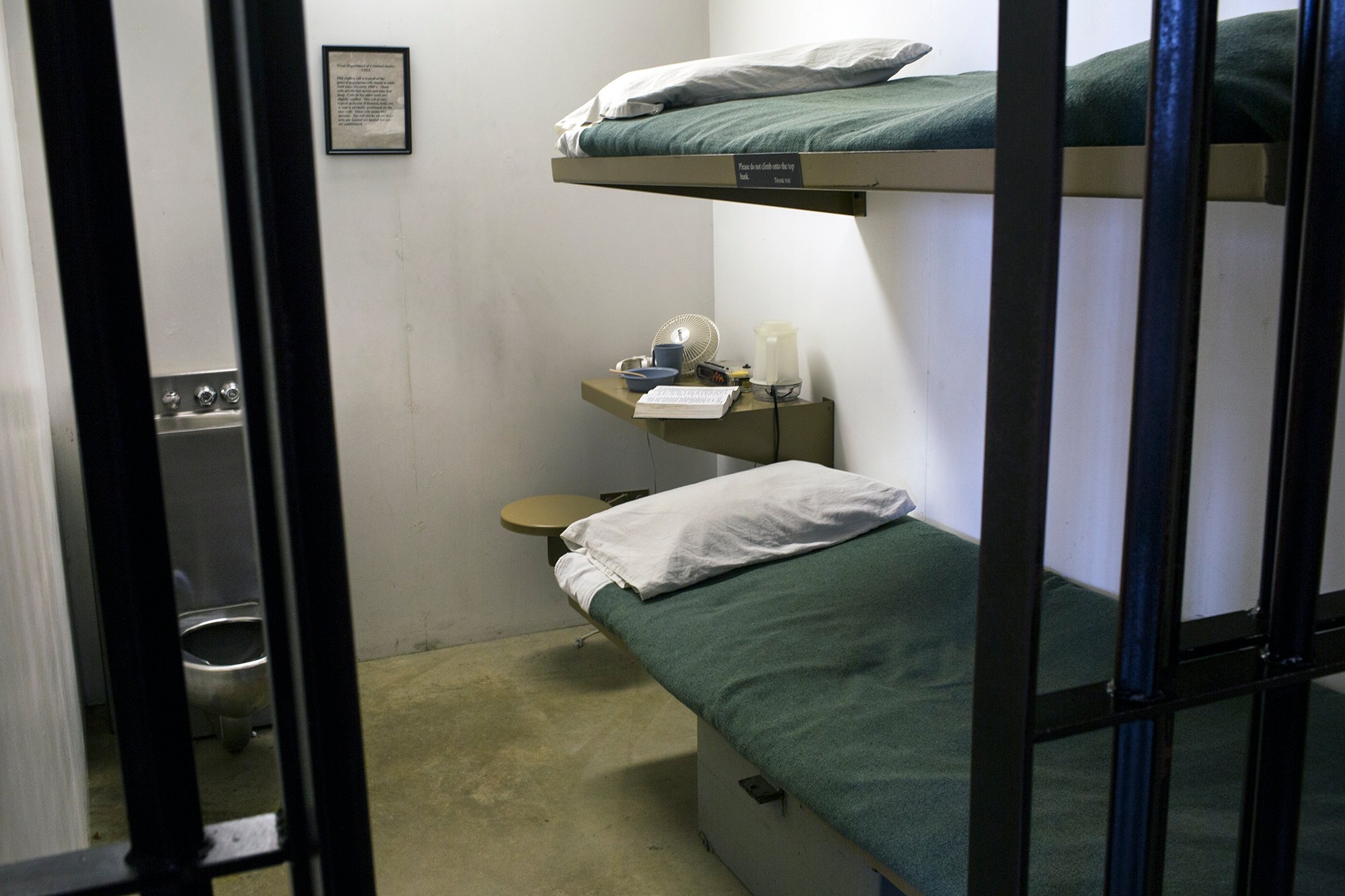
Legislature Plans to Close Four Correctional Facilities. Will They Become Immigrant Detention Centers?
Many see the closures as a step in the right direction, but some advocates worry what the empty prisons could mean for immigrant detention.

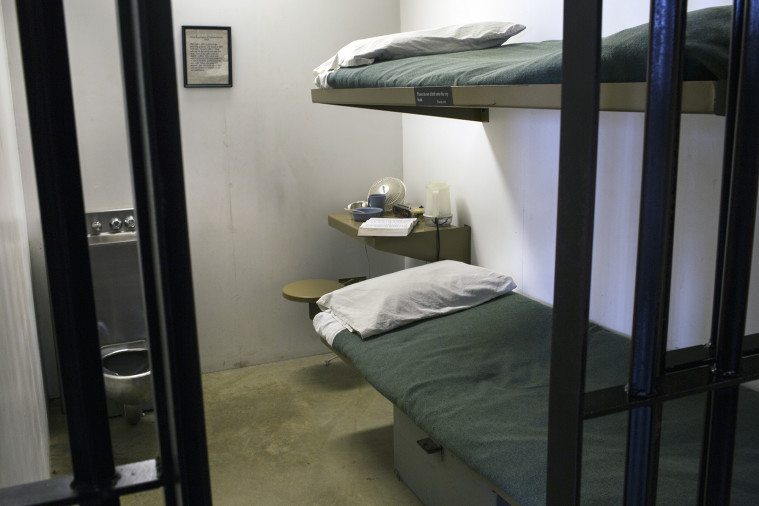
The lean, mean budgets proposed by the Texas House and Senate don’t do much to inspire optimism about the coming two-year cycle. But opponents of mass incarceration have found some solace in funding cuts.
Both chambers propose closing four state correctional facilities this session — a cost-cutting measure that criminal justice reformers say is worth celebrating.
“This is extremely exciting,” said Holly Kirby, criminal justice programs director at Grassroots Leadership, an Austin nonprofit that fights mass incarceration. “We have far too many prisons in Texas, so this is definitely a step in the right direction.”
On the chopping block are Williamson County’s Bartlett State Jail, Wise County’s Bridgeport Pre-Parole Transfer Facility, Mitchell County’s Dick Ware Transfer Facility and Terry County’s West Texas Intermediate Sanction Facility. Altogether, the facilities cost the state $51.2 million every two years and hold 1,755 inmates, according to officials with the Texas Department of Criminal Justice (TDCJ).
The proposed prison closures aren’t yet final. The House and Senate still have to reconcile the differences in their budgets, and Governor Greg Abbott has to approve whatever compromise the chambers reach. Still, shuttering these facilities seems likely.
The suggested closures are a rare point of consensus in two very different approaches to the budget, and that alone is a good sign, according to state Representative Harold Dutton, a Houston Democrat and one of the Legislature’s prominent voices on criminal justice reform.
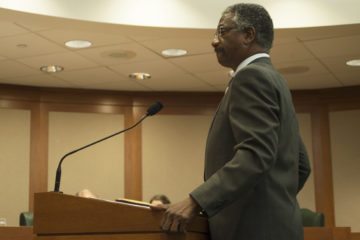
“I think that the chance of this happening is excellent now because the House and Senate actually agree on it,” Dutton told the Observer. “It’s probably one of the few things that we do agree on in the budget.”
It’s not hard to see why the House and Senate both suggest closing a few prisons. The state is in tough fiscal straits, and it stands to save hundreds of millions in the years to come by closing the four facilities, which aren’t needed to the extent they once were. Each of the four facilities is operating at reduced capacity, according to TDCJ Executive Director Bryan Collier. Altogether, the four units the Legislature is considering for closure can hold more than 2,000 inmates; they’re currently more than 250 prisoners shy of capacity.
“We’re not closing them because we can’t afford to run them. We’re closing them because we can afford to close them,” Collier said. “We don’t have the population needed to run them, which is a good thing.”
The state’s prison population peaked in 2011 at about 156,000 inmates. That number has dropped by about 10,000 since then and is projected to keep falling. TDCJ currently maintains 108 correctional facilities.
The downward trend is a decade in the making and due, at least in part, to the efforts of lawmakers and policy advocates like Kirby, of Grassroots Leadership, and Doug Smith, a policy analyst with the Texas Criminal Justice Coalition.
“We’re in a really good position right now,” Smith said. “We’ve seen a decrease in the number of people going into prison and an increase in the number of people leaving.”
In 2007, decades of “tough-on-crime” policy had packed Texas’ prisons to capacity. TDCJ presented the Legislature with a choice: Build three new prisons to meet projected needs, or invest in alternatives to incarceration.
Lawmakers chose to expand pretrial diversion programs like probation and drug courts. They also put more money into substance abuse treatment and rehabilitation in prison, thereby increasing the number of inmates released on parole and reducing the state’s prison population.
A decade later, the Legislature has closed four correctional facilities and is now looking at closing four more.
“We see that as the outcome of good reform,” Smith told the Observer.
Still, Texas has the largest prison population in the nation and incarcerates people at a higher rate than most other states, according to U.S. Department of Justice statistics.
The proposed prison closures aren’t necessarily good for everybody. Private prison companies CoreCivic and Management & Training Corporation (MTC) operate three of the four facilities that could close. CoreCivic owns the 200-bed Bridgeport Pre-Parole Transfer facility, and the City of Brownfield owns the 275-bed West Texas Intermediate Sanction Facility.
If the recommended closures clear the Legislature, the state will maintain ownership of its two prisons should it need them again, Collier said. CoreCivic and the City of Brownfield, on the other hand, are free to sell their facilities or find new prisoners. That worries Kirby and other policy advocates, who fear they could be used for immigrant detention.
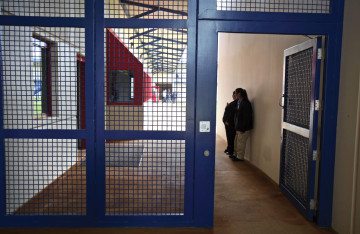
“I think it’s important that we keep a close eye on how these facilities might be repurposed,” Kirby said. “It’s common practice for privately owned facilities to get used for other populations of prisoners, like immigrants, and it’s particularly concerning in the current political climate, with talk of expanding detention.”
CoreCivic and MTC refused to comment when asked by the Observer what might become of the facilities should the Legislature close them.
President Donald Trump has been pushing for increased immigrant detention and deportation since he was on the campaign trail. Earlier this month, Immigration and Customs Enforcement (ICE) awarded a $110 million contract to GEO Group — a private prison company that operates prisons for TDCJ — to build a 1,000-bed immigrant detention facility north of Houston.
Like Kirby, Collier said that if the Legislature moves forward with the proposed prison closures, the facilities that aren’t owned by the state “could be outsourced to any other entities that are seeking beds,” federal immigration facilities included.
Correction: Earlier versions of this article incorrectly stated that Management & Training Corporation (MTC) and the City of Brownsville own the West Texas Intermediate Sanction Facility. The City of Brownfield owns the facility, and MTC operates it.
